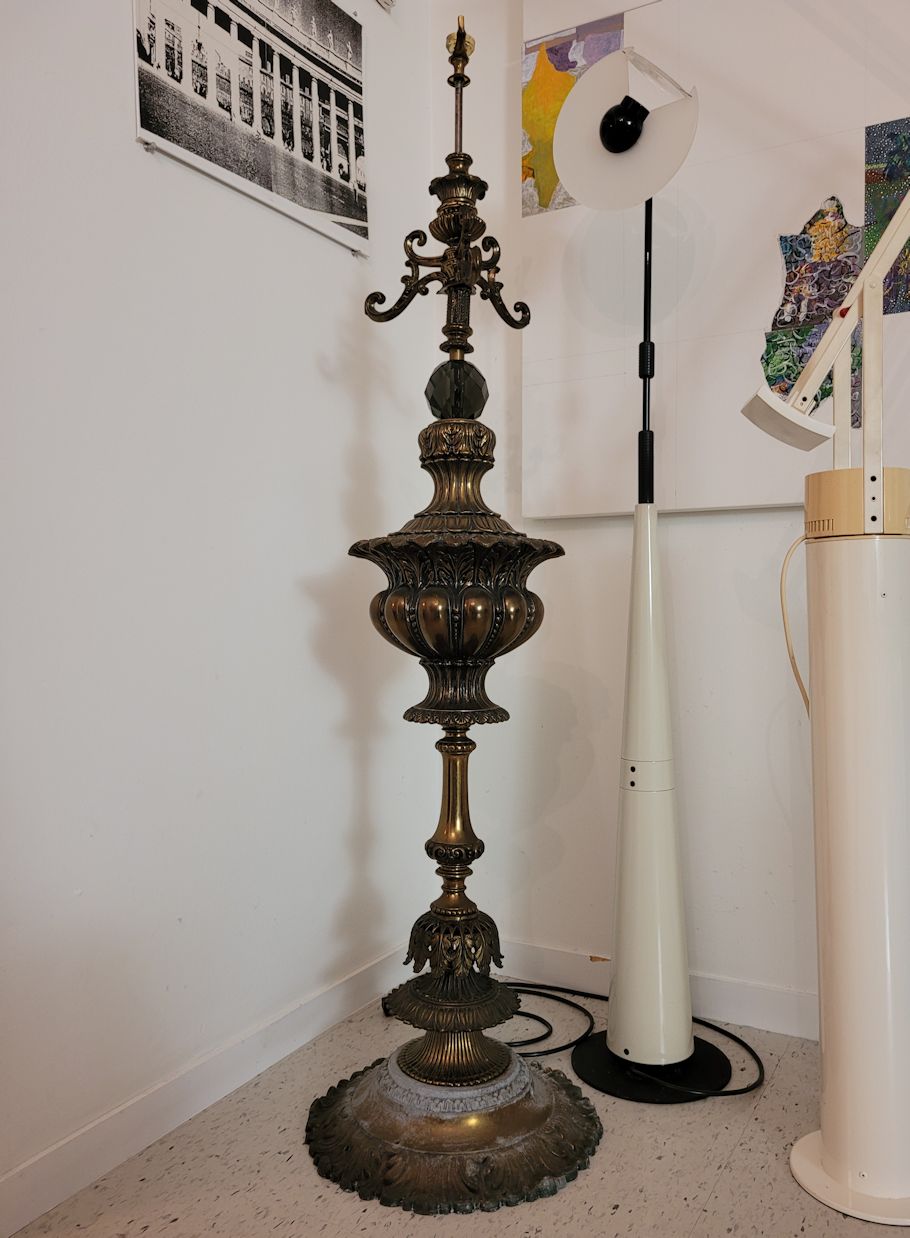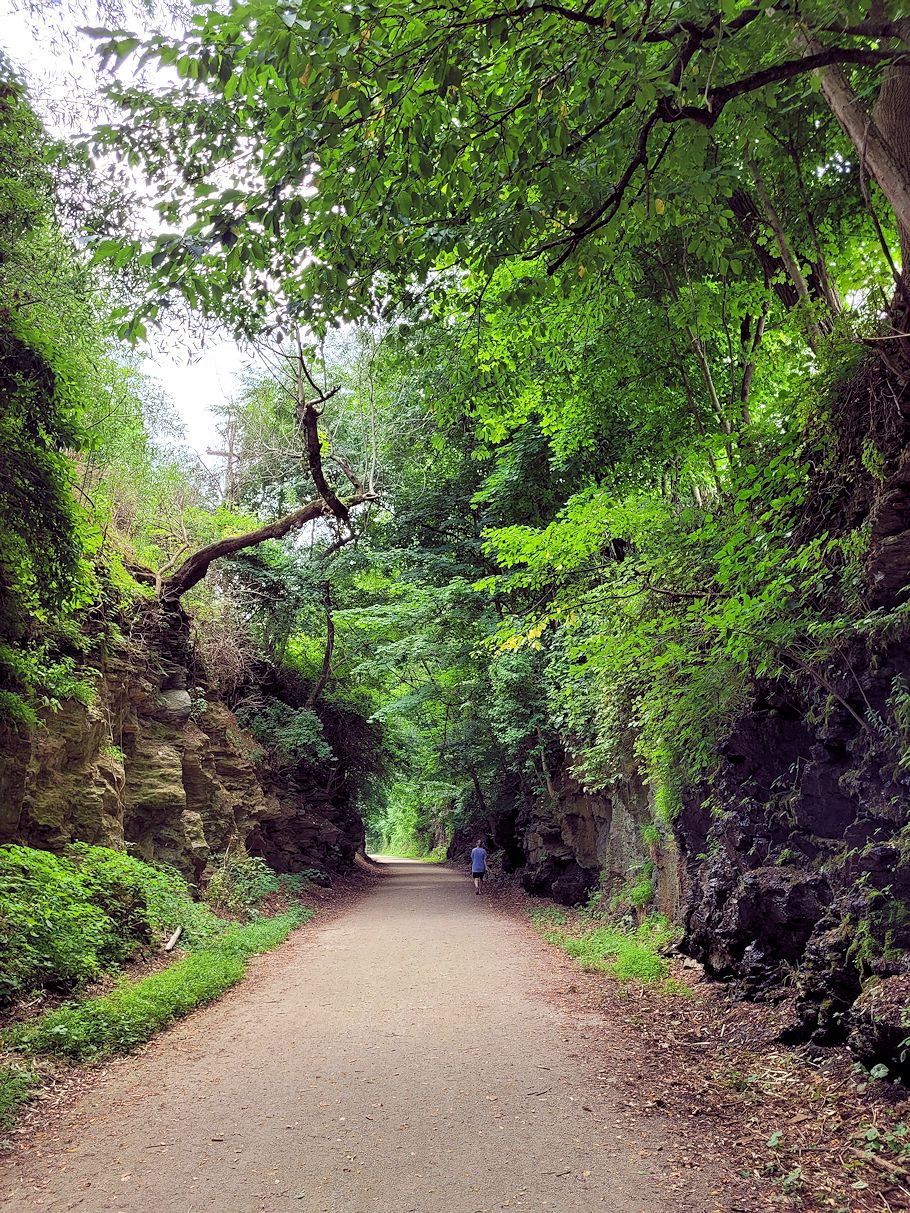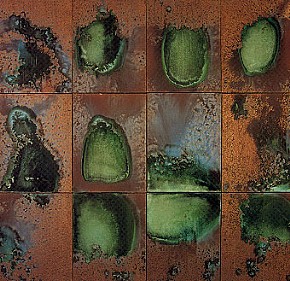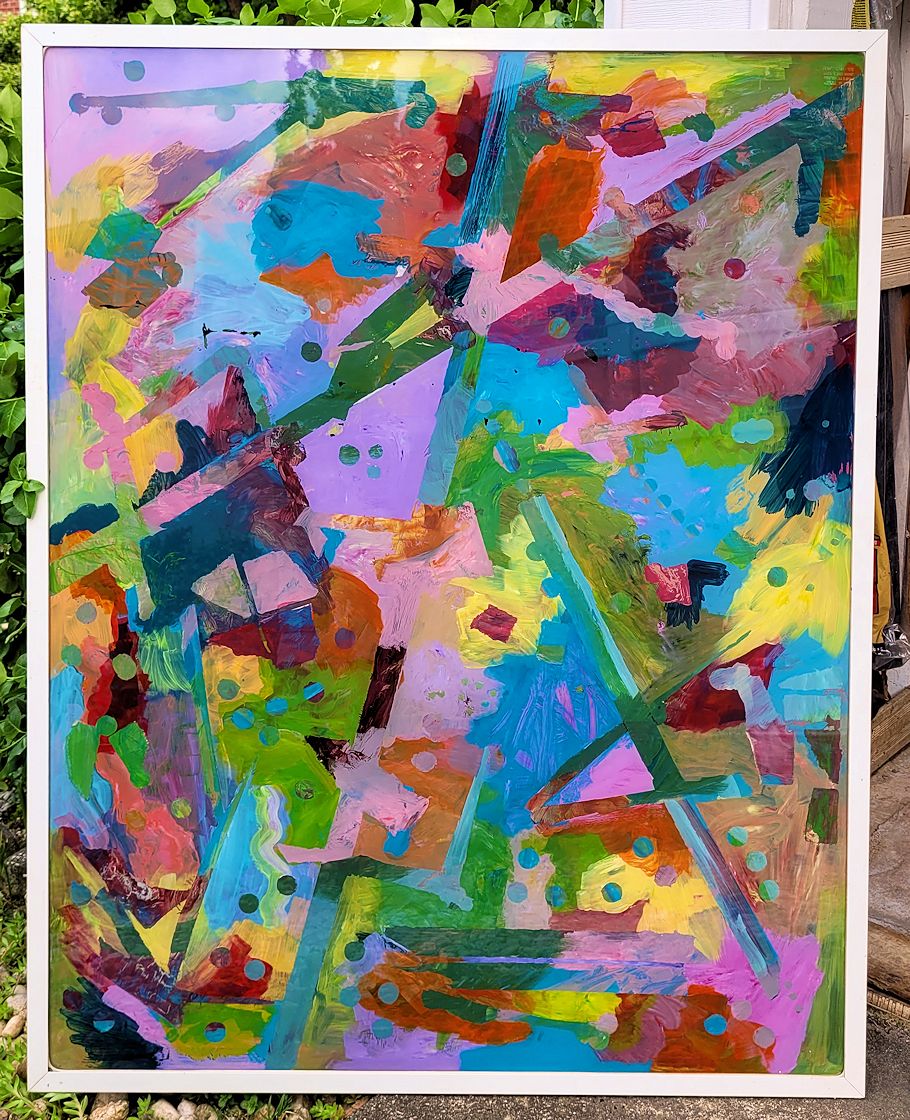
20240617_202513.jpg
"Been thinking about doing this (and 5 more) for 20 years now, and today finally started."
2024.07.16

20240617_224611.jpg
Also started work on (hopefully soon) finishing this piece.
2024.07.16
From The Discovery of Piranesi's Final Project:
16 July 2023 Sunday
Learning from Lacunae, remember that?
What I'm really thinking about is the lacunae within present day Piranesi history and scholarship. The discovery of Piranesi's "final project" fills lacunae no one even knew existed.
Learning from Lacunae, as a title, expresses the concept of learning from what's not there. Here, it's more like focusing on the unknown within the givens, and eventually gaining clarity via ever refined research and ongoing speculative reenactment.
2023.07.16

20220716_131822.jpg
2022.07.16
bored with modern & contemporary, yet?
Vitruvius's book De architectura was rediscovered in 1414 by the Florentine humanist Poggio Bracciolini. To Leon Battista Alberti (1404-1472) falls the honor of making this work widely known in his seminal treatise on architecture De re aedificatoria (ca. 1450). The first known edition of Vitruvius was in Rome by Fra Giovanni Sulpitius in 1486. Translations followed in Italian (Como, 1521), French (Jean Martin, 1547 [10], English, German (Walter H. Ryff, 1543) and Spanish and several other languages.
On June 25, 1496 at the age of twenty-one, Michelangelo arrived in Rome.
Opposite it in the south transept is the Sagrestia Nuova (New Sacristy), begun in 1520 by Michelangelo, who also designed the Medici tombs within. [Michelangelo's first substantial architectural work.]
Architecture books were still fairly new and rare in Michelangelo's time, and they pretty much covered the basics (and anyone who could read, could grasp the basics). The greater architecture 'texts', however, were buildings themselves, and here the 'rules' are legion. I wouldn't say Michelangelo was intuitive in looking at existing architecture, rather sculpturally observant (and then sculpturally imaginative). Remember too, the most celebrated ancient columns in Renaissance Rome looked like this--

--hardly your 'basic'.
Another example of the sculpturally observant-sculpturally imaginative:
Michelangelo himself wrote of how the newly discovered Belvedere Torso was a great inspiration for him. And now see how the ignudi of the Sistine Chapel ceiling represent the potential Michelangelo saw in the Belvedere Torso.


2008.07.16
Re: Sex is the narrative of painting

every picture tells a sexy story?
2004.07.16

Ridiculously Expensive
recto
2001.07.16
|